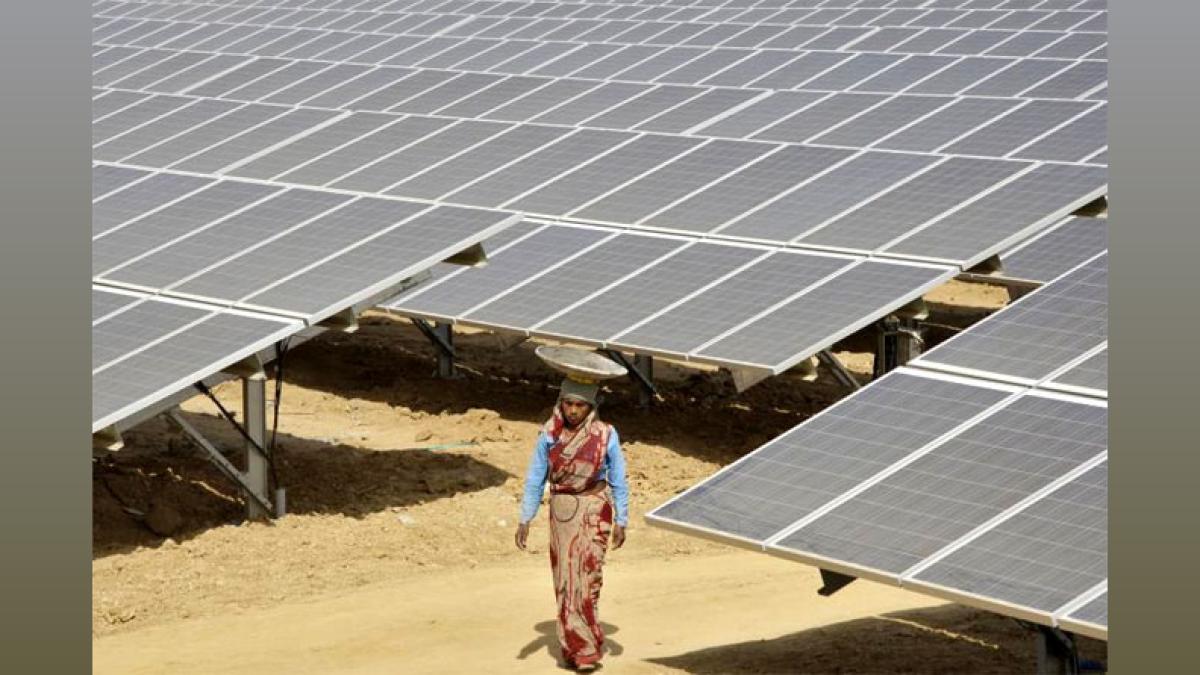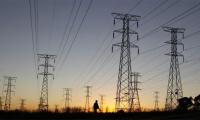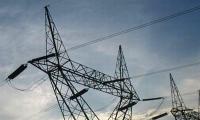Solar Power Dip in India: Shripad Naik on Dec-Feb Issues
x
India experienced sudden dips in solar power generation during Dec 2024-Feb 2025, impacting grid stability. Minister Shripad Naik details the issue and government measures.

New Delhi, Mar 27 (PTI) A number of instances of a sudden dip in solar power generation have been reported over the last few months in the country, the government said on Thursday.
The instances were witnessed in the months of December 2024, January and February this year, Minister of State for Power Shripad Naik said.
In a reply to Lok Sabha, he said, "There have been few instances of sudden dip in solar power generation in the country in recent months."
As per the data shared by the minister in the lower house, pan-India solar power generation was at 382.64 million units (MUs) on February 25, which was 18.96 per cent lower from the previous day.
On February 19, the country's solar production was 406.41 MUs, 9.11 per cent lower from a day earlier.
Also, a 15.36 per cent fall was reported on January 11 with total production of 301.11 MUs.
While 2.16 per cent and 19.5 per cent fall was reported on December 27 and 26, 2024 when all-India solar generation was at 222.41 MUs and 227.33 MUs, respectively.
Naik fruther said that sudden dip in solar power generation leads to demand-supply gap, resulting in low frequency and localised high voltages in grid. Similarly, sudden ramp up in generation after clearance of cloud cover may lead to high frequency and localised low voltages in grid.
The demand-supply gap due to change in renewable power generation has to be compensated by other generating resources for frequency control and reactive power support.
The government has already taken several preventive measures to avoid such situations.
The automatic generation control (AGC) maintains frequency stability by sending secondary reserve ancillary services (SRAS) up or down signals every 4 seconds to AGC-enabled thermal and hydro power plants.
During dip in RE generation, additional generation from thermal-based power plants under Tertiary Reserve Ancillary Services (TRAS) is provided to maintain frequency in the band as defined in the Indian Electricity Grid Code (IEGC).
Renewable energy (RE) plants are also instructed to revise schedule promptly.
Reactor switching is done so as to keep voltages in RE plants within desired range for secure and reliable grid operation.
The instances were witnessed in the months of December 2024, January and February this year, Minister of State for Power Shripad Naik said.
In a reply to Lok Sabha, he said, "There have been few instances of sudden dip in solar power generation in the country in recent months."
As per the data shared by the minister in the lower house, pan-India solar power generation was at 382.64 million units (MUs) on February 25, which was 18.96 per cent lower from the previous day.
On February 19, the country's solar production was 406.41 MUs, 9.11 per cent lower from a day earlier.
Also, a 15.36 per cent fall was reported on January 11 with total production of 301.11 MUs.
While 2.16 per cent and 19.5 per cent fall was reported on December 27 and 26, 2024 when all-India solar generation was at 222.41 MUs and 227.33 MUs, respectively.
Naik fruther said that sudden dip in solar power generation leads to demand-supply gap, resulting in low frequency and localised high voltages in grid. Similarly, sudden ramp up in generation after clearance of cloud cover may lead to high frequency and localised low voltages in grid.
The demand-supply gap due to change in renewable power generation has to be compensated by other generating resources for frequency control and reactive power support.
The government has already taken several preventive measures to avoid such situations.
The automatic generation control (AGC) maintains frequency stability by sending secondary reserve ancillary services (SRAS) up or down signals every 4 seconds to AGC-enabled thermal and hydro power plants.
During dip in RE generation, additional generation from thermal-based power plants under Tertiary Reserve Ancillary Services (TRAS) is provided to maintain frequency in the band as defined in the Indian Electricity Grid Code (IEGC).
Renewable energy (RE) plants are also instructed to revise schedule promptly.
Reactor switching is done so as to keep voltages in RE plants within desired range for secure and reliable grid operation.
You May Like To Read
TODAY'S MOST TRADED COMPANIES
- Company Name
- Price
- Volume
- AvanceTechnologies
- 1.27 (+ 4.96)
- 10652160
- Vodafone-Idea
- 11.23 ( -0.27)
- 2785457
- Welcure-Drugs-and
- 0.45 ( -2.17)
- 2449179
- Meesho-L
- 191.60 (+ 6.27)
- 1311473
- Sylph-Industries
- 0.75 (+ 4.17)
- 1242397





